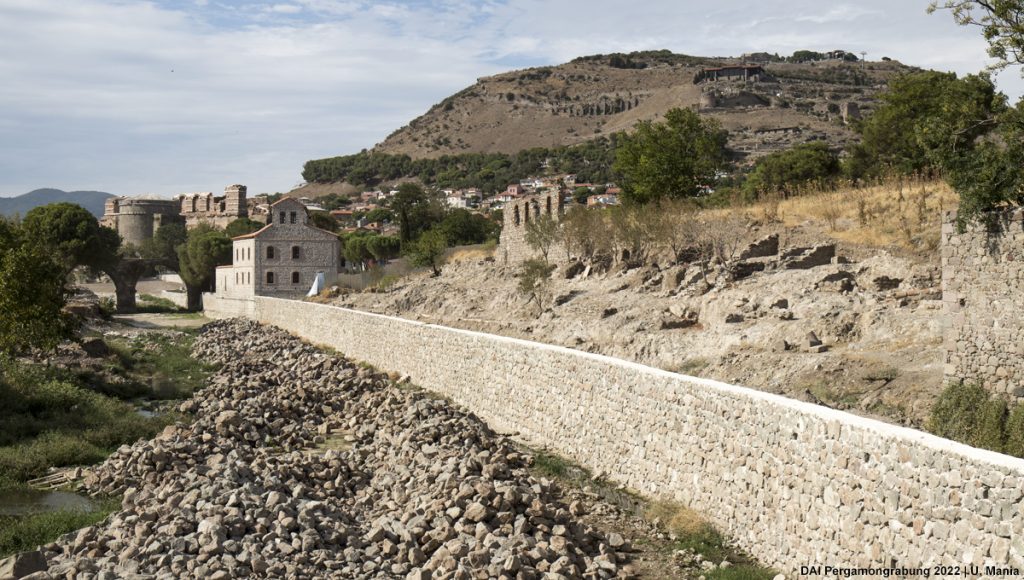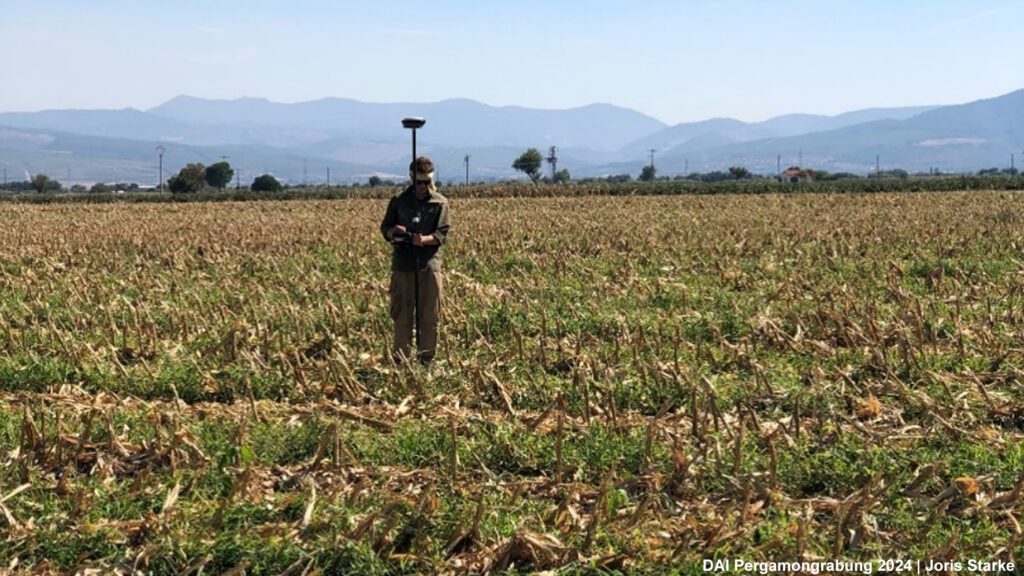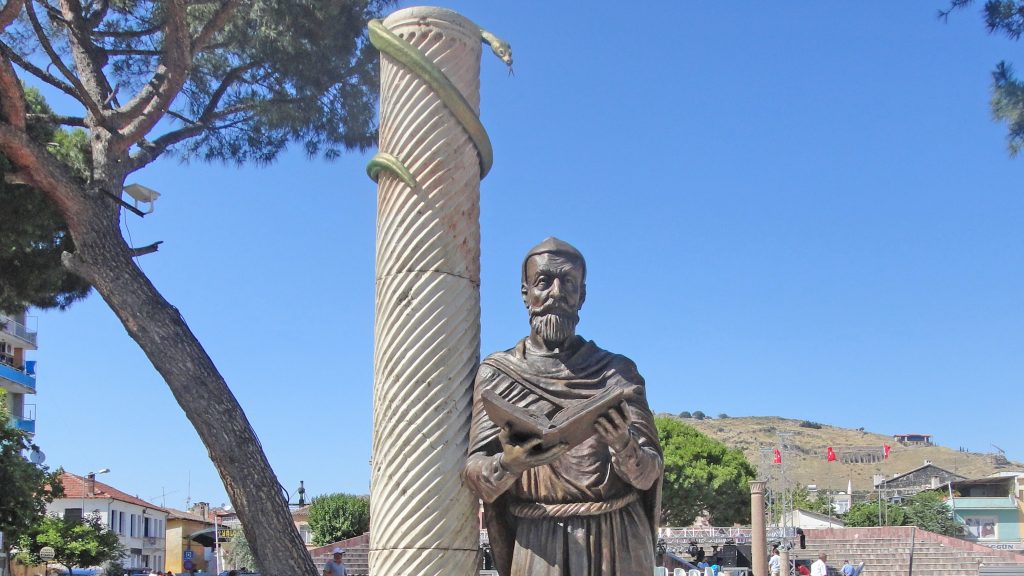On June 23, 2020 the first PhD student colloquium of the TransPergMikro project took place. Due to circumstances caused by Covid-19, the event was moved from the original venue, the German Archaeological Institute Istanbul, to the digital space where about 20 junior researchers met.
The aim of the colloquium was the creation of even closer contacts between the PhD students, for whom the city of Pergamon is a focal point of research, and to create a platform for informal exchange. Due to the positive response, the organisers, Nicole Neuenfeld (DAI Istanbul) and Sandra Völkel (DAI Istanbul), were able to prepare a programme of 13 presentations covering a wide range of different research disciplines, from archaeology to building research to ancient history. The speakers each gave presentations of about 20 minutes, in which the questions and objectives as well as the methodology of the PhD project were discussed in particular. Stimulating discussions emerged between the speakers and the participants, offering new perspectives on the individual research foci. The colloquium was divided into five topics, chaired by the organizers and Ihsan Yeneroğlu (TU Berlin). The first session, with Bernhard Ludwig (DAI Istanbul), Nicole Neuenfeld and Sandra Völkel, focused on landscape archaeological and urbanistic issues. In the second session, the ancient historians Robert Barnea (UZH Zurich) and Julian Gabriel Schneider (UZH Zurich) presented their research on Pergamon and Pitane in the Hellenistic period and Anja Schwarz (FU Berlin) introduced her approach investigating the transition from the Hellenistic to the Roman Imperial Period in Asia Minor. In another session, the research projects of Ihsan Yeneroğlu (Ampthitheater) and Seçil Tezer Altay (DAI Istanbul; Octagonal building) were presented, which provided interesting insights into the architecture of the Roman Pergamon. In addition, Ayşe Bike Baykara (METU Ankara) presented her study on the influence of Roman culture in Asia Minor.
Afterwards other important monuments in Pergamon, such as the Yığma Tepe tumulus or the thermal bath ‘Kleopatra Güzellik Ilıcası’, were discussed. Matthias Meinecke (University of Leipzig) presented his investigations on the construction of the tumulus and building economics at Yiğma Tepe, and Julika Steglich (CAU Kiel) illustrated the distinctive bathing culture in Roman Pergamon using the example of the thermal bath ‘Kleopatra Güzellik Ilıcası’. The fifth section focussed on small finds and ceramics from Pergamon. Andrea Pirson (Istanbul) gave an insight into her systematic study of jewellery and garment accessories from Neolithic to Byzantine Period. Anneke Keweloh-Kaletta (HU Berlin) also shared her knowledge and gave a lecture on ceramics from Pergamon, its distribution and the potential of stratified ceramic collections.
From the feedback and discussions, all participants were able to gain a lot of motivation and new ideas for their work and gained insights into the approach of other disciplines and doctoral theses. All participants enjoyed the atmosphere of the event and tried to support their fellow PhD students in their work, which made the event a great success. Even though the interest in meeting face-to-face for the colloquium was very high, the virtual space also offered advantages. The online event enabled far more junior researchers to participate and literature, information and data could already be shared during the event.
The planning for the next meeting, where common topics and overlapping issues will be discussed, has already begun.



